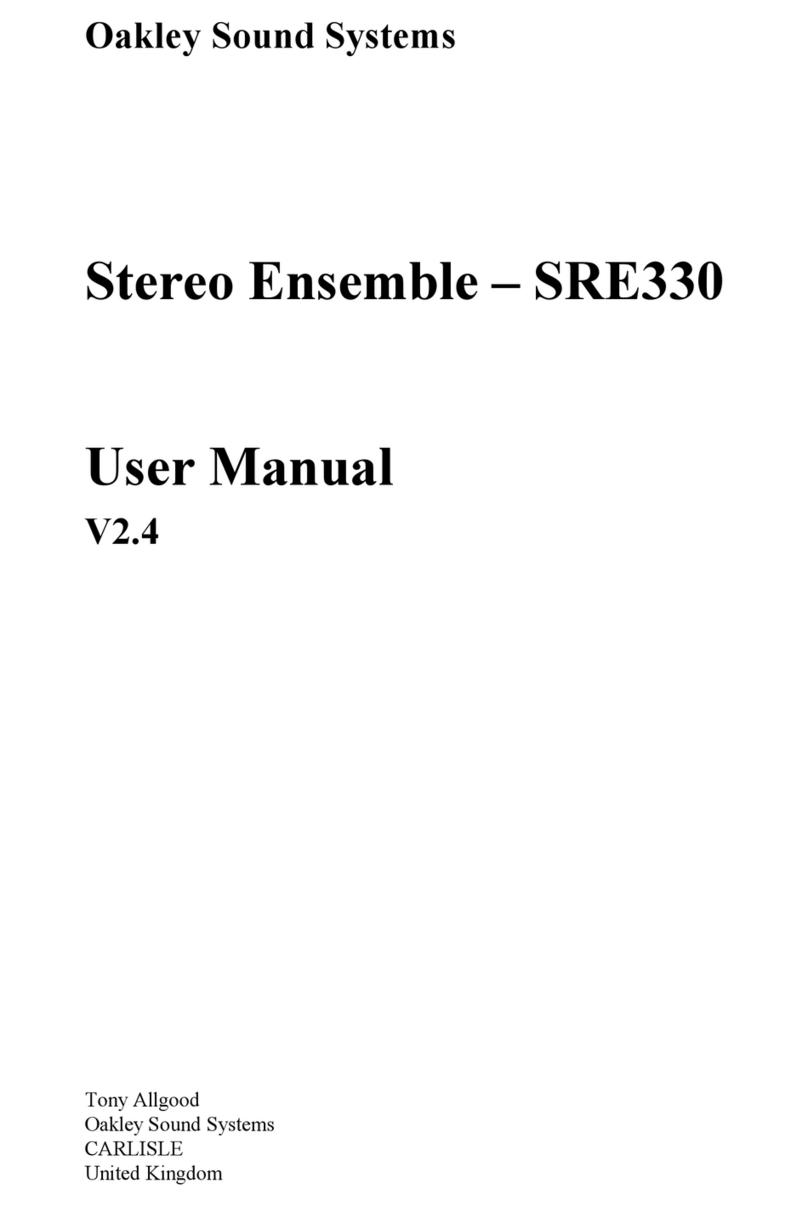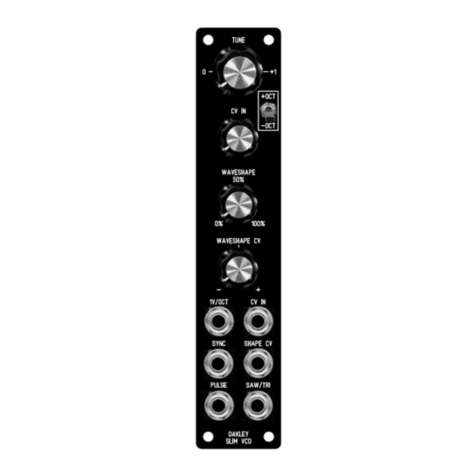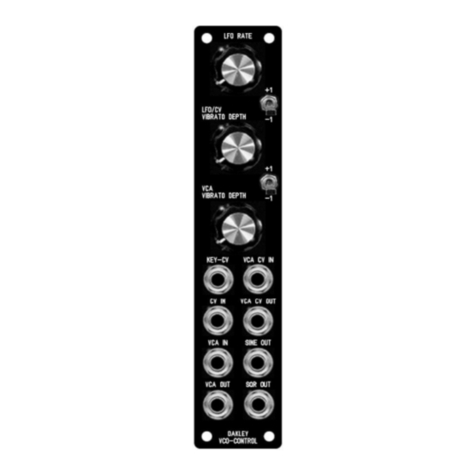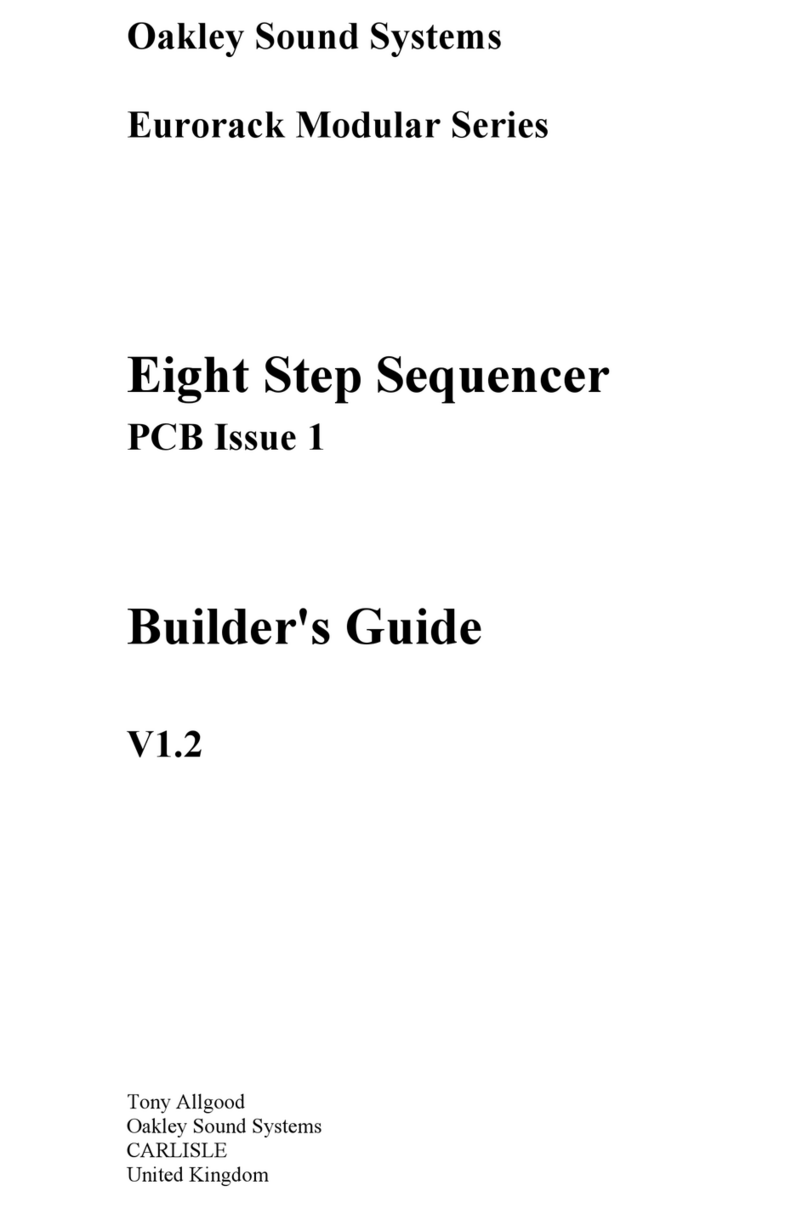Capacitors
100nF axial multi-layer ceramic C43, C23, C42, C19, C9, C66, C24, C27, C18, C28, C22, C40,
C53, C33, C1, C34, C59, C12, C52, C11, C69, C17, C38, C44,
C25, C14, C67, C2, C56, C46, C21, C30, C4, C50, C41, C39,
C49, C26, C54, C45, C48, C68
10pF C0G ceramic 2.5mm C13
33pF C0G ceramic 2.5mm C6, C29, C31
220pF C0G ceramic 2.5mm C36, C37, Cx*
470pF C0G ceramic 2.5mm C5, C8, C47, C55, C57
10nF polyester film C62
22nF polyester film C64, C65
39nF polyester film C61, C63
330nF polyester film C7
220nF polyester film C51
680nF polyester film C15
1uF, 63V electrolytic C60
2u2, 63V electrolytic C3, C10, C16, C20
10uF, 35V electrolytic C58
47uF, 25V electrolytic C32, C35
* Cx is only fitted to the underside of the board between pins 1 and 2 of U16 if you are using the
main board with an issue 1.1 ot Board. It is not needed with issue 1.2 ot Boards. See later for
details.
Trimmers
10K multiturn trimmer SCL1, SCL2
100K multiturn trimmer TUN1, TUN2
200K multiturn trimmer OCT1, OCT2
10K 6mm trimmer F_SCL
50K 6mm trimmer A_LVL
100K 6mm trimmer F_OFF1, F_OFF2, A_OFF, F_FREQ, LFO_RNG
Discrete Semiconductors
1N4148 silicon signal diode D1, D2, D3, D4, D5, D6, D7, D8, D11, D12, D13, D14, D16,
D17
BAT42 Schottky signal diode D15, D18
1N5819 Schottky power diode D9, D10
BC550 N N transistor Q3, Q7, Q8
BC560 N transistor Q1, Q2, Q4, Q9, Q10
J201 FET Q5, Q6
8




































